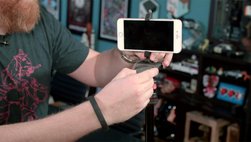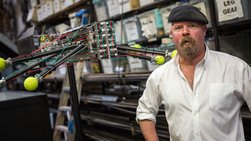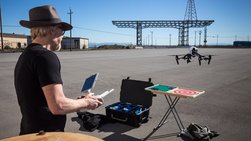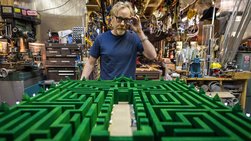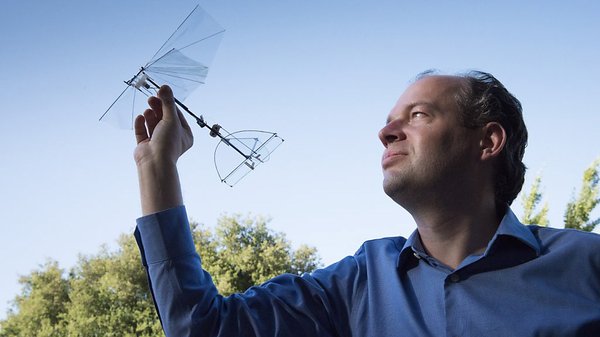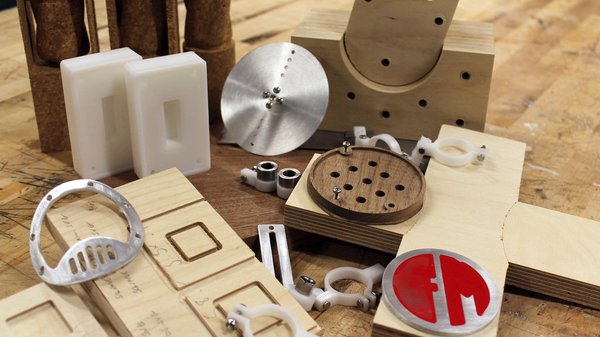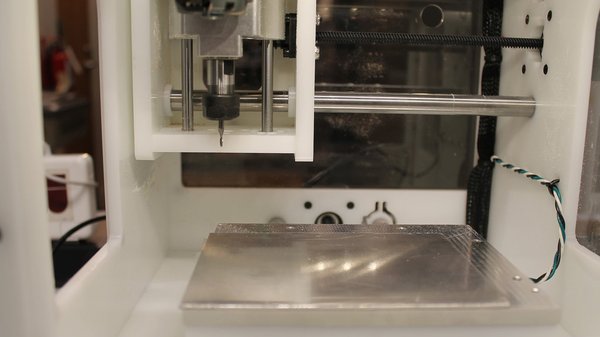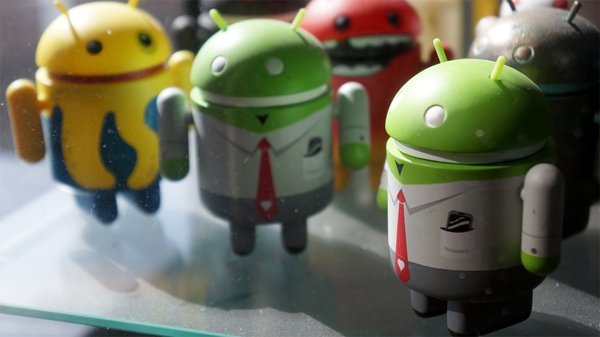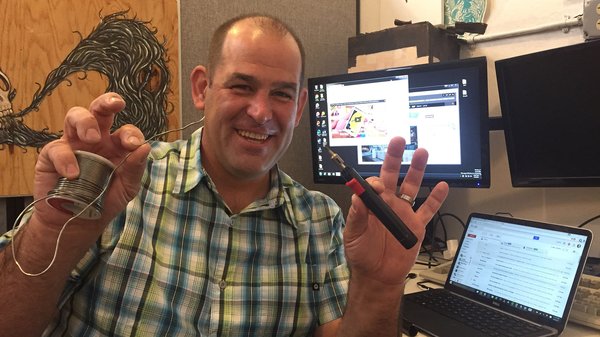This post was done in partnership with The Wirecutter, a list of the best technology to buy. Read the original full article below at TheWirecutter.com
After spending a total of 200 hours researching and testing over 20 Wi-Fi routers, plus analyzing reader comments and feedback, the $100 TP-Link Archer C7 (v2) is the router we recommend for most people right now. This dual-band, three-stream wireless-ac router usually costs between $80 and $100—the same price as many older, slower routers. But unlike those slower routers, the C7 supports the fastest connections of every major device you can buy today.
We compared the Archer C7 against 21 different routers over a 10-month testing period. On most of our tests, the Archer C7 was the fastest—outperforming routers that cost twice as much. You won't find a better-performing router than the Archer C7 for less, and you'll have to spend a lot more money to get a better one.
How we picked
Wireless-ac, or IEEE 802.11ac, is the latest mainstream Wi-Fi version, and your new router should have wireless-ac. It's the new standard in many laptops, smartphones, and tablets from 2013 and later, including many of our recommendations at the Wirecutter. New MacBooks and high-end Windows laptops have wireless-ac, and so do almost all flagship smartphones from the past year: the iPhone 6, HTC One, Moto X, Samsung Galaxy S5, and more. Unless you go very cheap, your next gadget with Wi-Fi will probably have wireless-ac.
Our Wi-Fi router pick is dual-band, which means it supports both 2.4GHz and 5GHz signals—giving you a way to escape 2.4GHz wireless interference from your neighbors' Wi-Fi networks and giving you access to the much faster speeds of 5GHz wireless-ac. The vast majority of laptops, phones and tablets support one or two streams, but high-end laptops like the MacBook Pro support three. A three-stream wireless-ac router ensures that you're going to get the fastest connection on any device you own—or plan to buy in the near future.
Any router you buy should be dual-band: a 2.4GHz band for wireless-n and earlier, and a 5GHz band for wireless-n and -ac (5GHz faster, but it can have worse range than 2.4GHz and not every device supports it).



